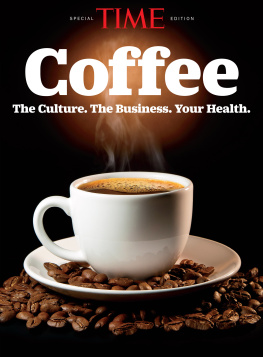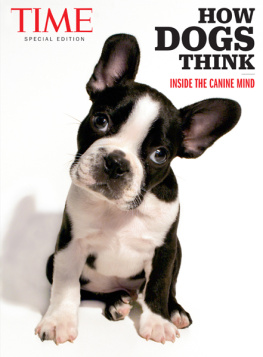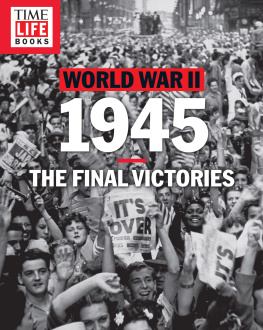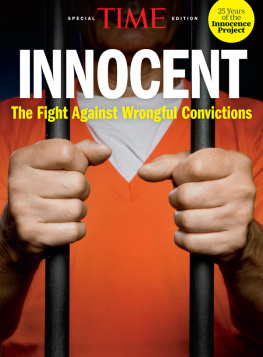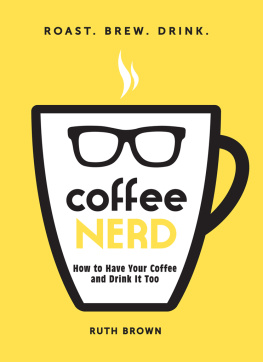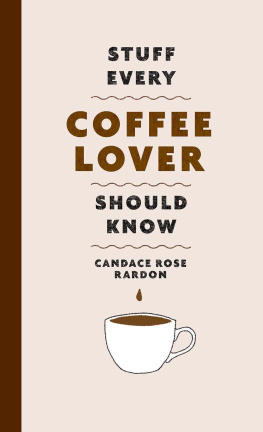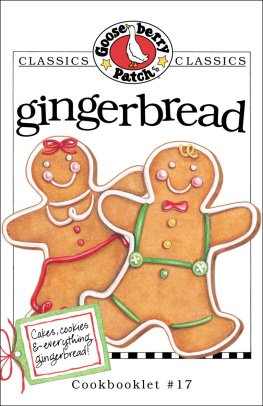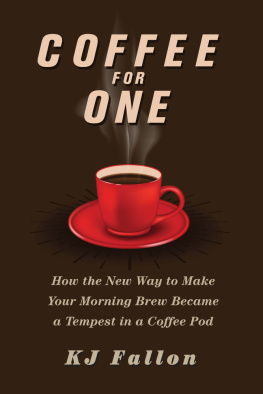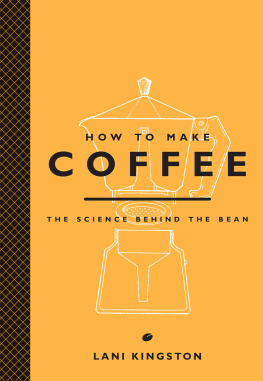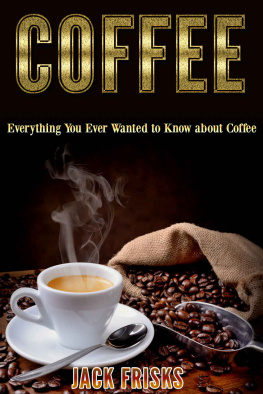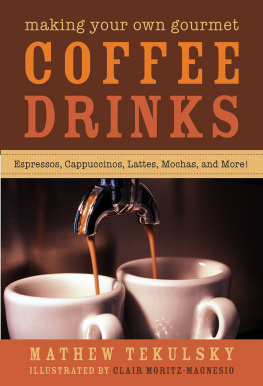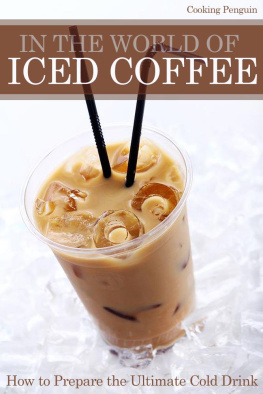The Last Drop
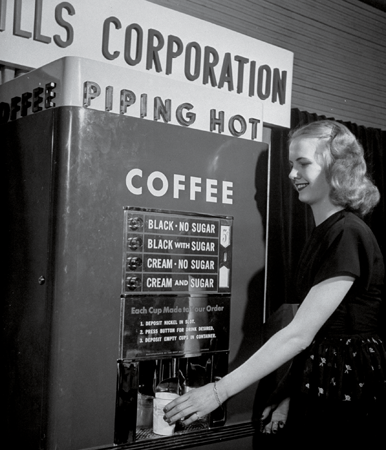
THE PRICE WAS RIGHT No doubt it was made with first-wave beans, and made to your order didnt have quite the same meaning in 1947 as it does today, but it is hard to find fault with a nickel cup of piping-hot coffee.
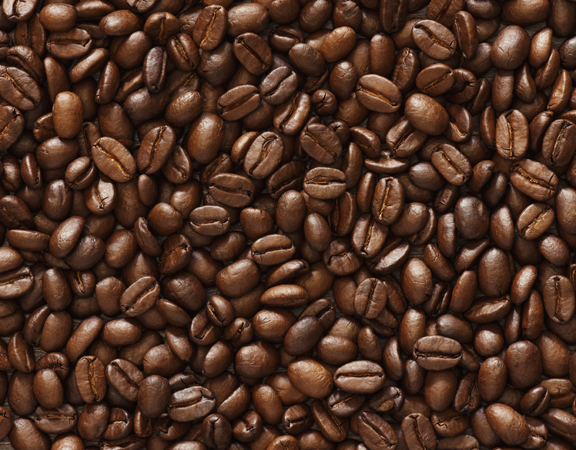
Chapter One
The Business
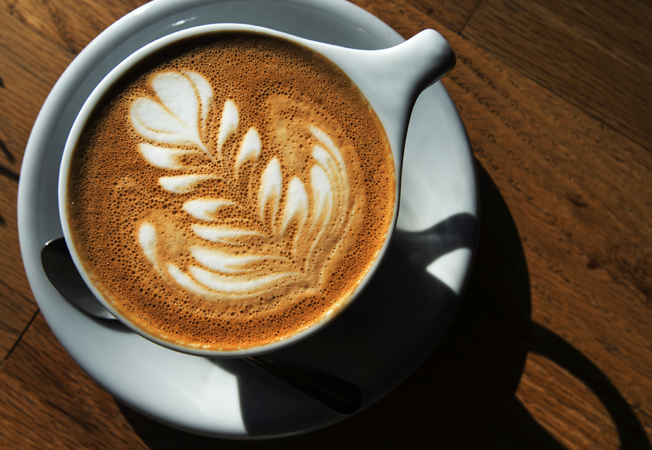
A Growing Economy, Built on the Brew
As the out-of-home coffee industry continues to expand, restaurant companies such as McDonalds, Dunkin and Starbucks are doubling down on whats in your cup
By Beth Kowitt

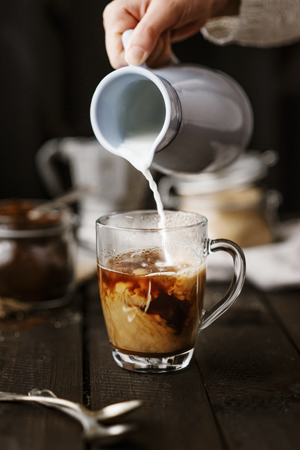
A splash (or more) of milk is still the most popular addition to a good cup of coffee.
THE SUREST SIGN THAT THE U.S. IS A NATION OF coffee drinkers is that the second-most valuable restaurant company in the nation isnt a restaurant company at all.
Starbucks has become what some estimate is one of the fastest-growing food-service enterprises in the history of the planet by selling coffee, and lots of it. U.S. consumers spend nearly $70 billion a year on coffee away from home, and 62% of Americans have drunk coffee in the past day. Our consumption of the elixir is ubiquitous, habitual and extremely personal and manages to be all of these things at the same time. Its a commodity that has evolved into an affordable luxury. Its essentially a drug that were all addicted to, explains restaurant-industry consultant Aaron Allen.
Our caffeine habitand our willingness to pay up for ithas made coffee an increasingly critical element of the food economy, and in particular the restaurant industry. For a food-service operator, its probably one of the most profitable items they have, says Joe Pawlak of industry research firm Technomic, explaining that the margins for a single cup could be in the 90% range. Its a good business to be in, adds Sara Senatore, a Wall Street analyst at Bernstein. For one thing, its a relatively fast-expanding category compared with the rest of the restaurant sector, which has had a somewhat tepid growth rate. Coffee sold outside of the home, meanwhile, should grow at a solid 5%, Senatore says.
That kind of potential is why restaurant companies are doubling down on the beverage. Case in point: Dunkin Brands, which gets some 60% of its sales from drinks, is testing a store rebrandingchanging its signage to dunkin rather than DUNKIN DONUTS to highlight that the company is a beverage-led brand and coffee leader. Coffees growth outlook is also, analysts believe, one of the reasons investment fund JAB Holding, which is backed by one of Germanys wealthiest families, bought up coffee roaster and retailer Peets, which subsequently purchased third-wave roaster Stumptown and took a stake in another specialty roaster, Intelligentsia Coffee & Tea. JAB also owns Caribou Coffee, Keurig Green Mountain, Krispy Kreme, Panera and Au Bon Pain. The fact that theyve been buying all these coffee retailers is a testament to how attractive the coffee category is, says Senatore. She notes that the high multiples JAB seems willing to pay suggests that its management team thinks these brands will be solid investments over time. Theyre not concerned with paying the absolute lowest price, she explains.
Starbuckss imposing role as the industrys bean behemoth has not deterred McDonalds and Dunkin Brands from continuing to vie for a piece of the market. Starbucks makes up just under a third of food-service coffee market share, according to an analysis by Bernstein; Dunkin, meanwhile, clocks in at second with 14%, and McDonalds is third at 13%. Starbuckss influence, however, far outweighs even its hefty share. Experts say the Seattle-based chain has reset the bar of what passes for an acceptable cup of coffee and has essentially forced the rest of the industry to up its game. Now people expect not to have diner coffee, says Doug Zell, the founder of Intelligentsia. [Starbucks] raised the awareness and visibility. Explains Technomics Pawlak, Consumers today know what bad coffee tastes likeor at least they think they know.
For example, McDonaldsthe one restaurant chain more valuable than Starbuckswas in part inspired to revamp its coffee program after noticing that some of its drive-through customers already had beverages from elsewhere when they pulled up to the window to order. McDonalds subsequently improved the quality of its regular coffee and then expanded into specialty coffee drinks through its McCaf platform, which it relaunched in September 2017. The company has said it will roll out a ready-to-drink line of McCaf Frappe beverages in partnership with Coca-Cola in 2018. McDonalds introduced Middle America to iced and specialty coffee, says NPD Group restaurant-industry analyst Bonnie Riggs. It wasnt really that they stole share or cannibalized Dunkin or Starbucks. They broadened the market.
HOW DID IT COME TO PASS THAT SO MANY OF US are willing to spend $5 on a cup of coffeeor, increasingly likely, on a latte or a Frappuccino or a cold brewon a regular basis? Its not even a solid food, says industry consultant Allen. What we used to expect for $5 was a three-part meal.
Part of whats changed is the way we view coffee, Allen says. Its no longer just fuel to get us through the day. Its also a treat and a reward. It doesnt feel as indulgent to get a four-shot espresso in the morning as it might a greasy sandwich, he says. A lot of Americans have swapped that out. But coffee has also expanded beyond our morning routine. Now its more ingrained throughout the day, says Pawlak. As the U.S. has become a nation of noshersmore than 90% of us say we snack dailycoffees status as a snack food has risen in parallel, especially as our orders have become more complex and decadent.
Heres how that shift is playing out in the data: The National Coffee Association found that in 2017, 41% of Americans drank coffee between breakfast and lunch, up from 36% in 2012. With that rise has come more coffee consumed outside of the home. In 2017, 40% of people who drank coffee the previous day drank an order prepared outside of their house, a 10-percentage-point increase over 2012. The popularity of specialty drinks like lattes and cold-brew coffee, which are more challenging to make in your kitchen, has also spurred the growth.
Several of the factors driving the coffee business are the same elements driving the rest of the food worldand that goes beyond snacking. If you look at the broader trends over the past couple of decades of the farm-to-table movement and understanding the origin of the foods we eat, coffee has followed that very closely, says Jesse Kahn, the national sales manager at Counter Culture Coffee. Says Caleb Bryant from research firm Mintel, You dont just order coffee. You order Nicaraguan coffee or an African blend.
Its the rise of this particular segmentspecialty coffeethat has in actuality driven the perceived increase in the price you pay when you get rung up at the register at your local coffee shop. Consumers are coughing up more for coffee because they are more likely drinking a better brew, not the commodity beans that go into a mass coffee such as Folgers. Youre paying a premium for a much more differentiated and rarefied product, says Erin Meister of coffee importer Cafe Imports. The specialty market is finally catching up to assigning a value to the work thats being done.
Next page
